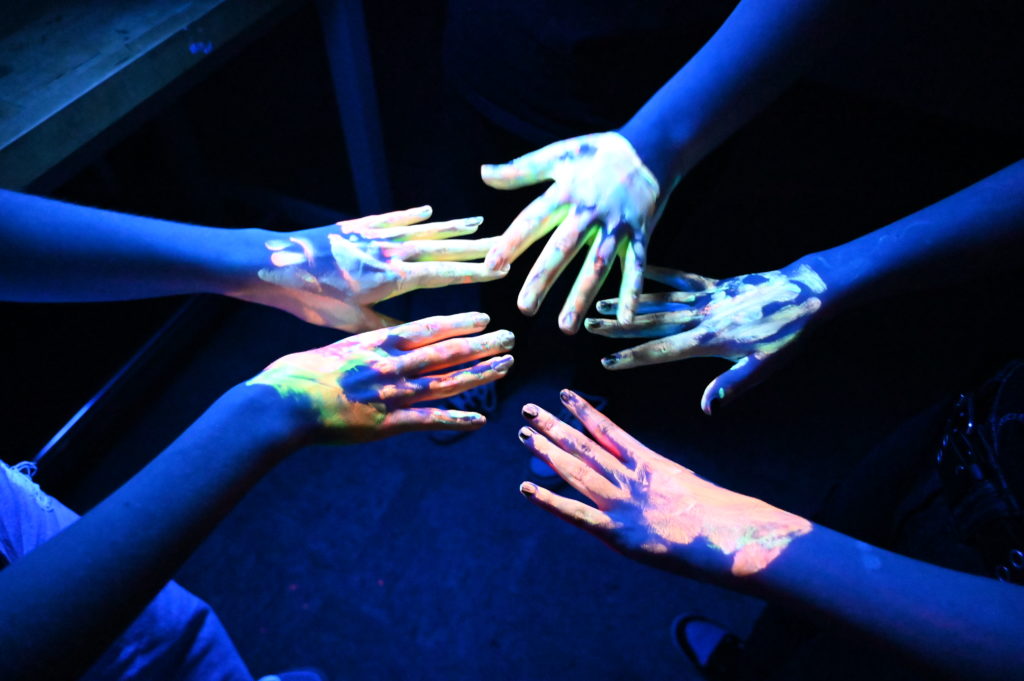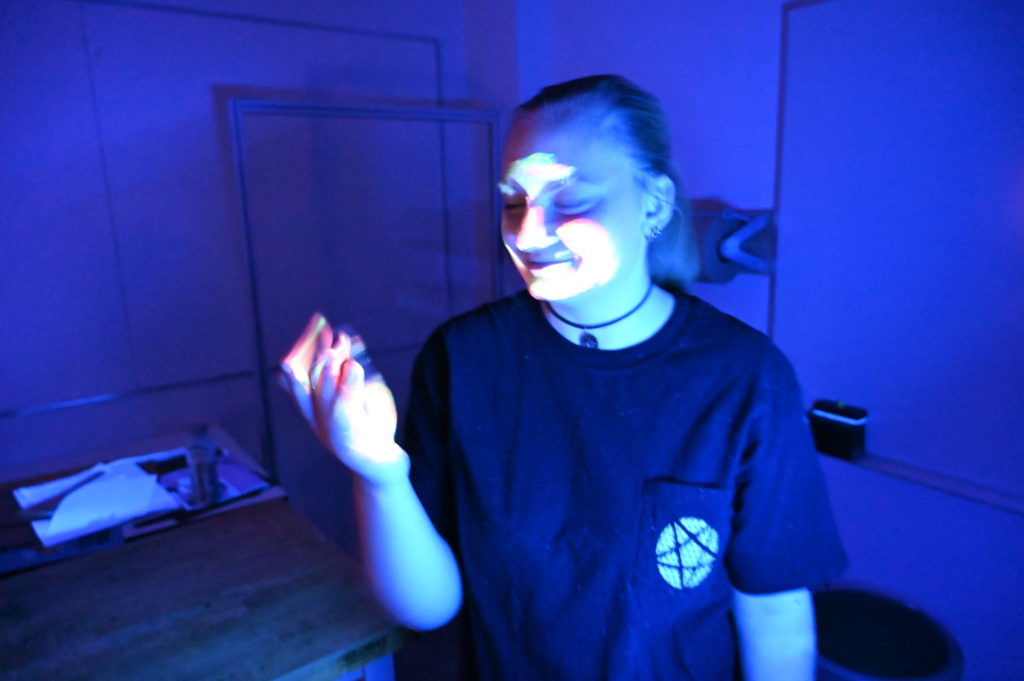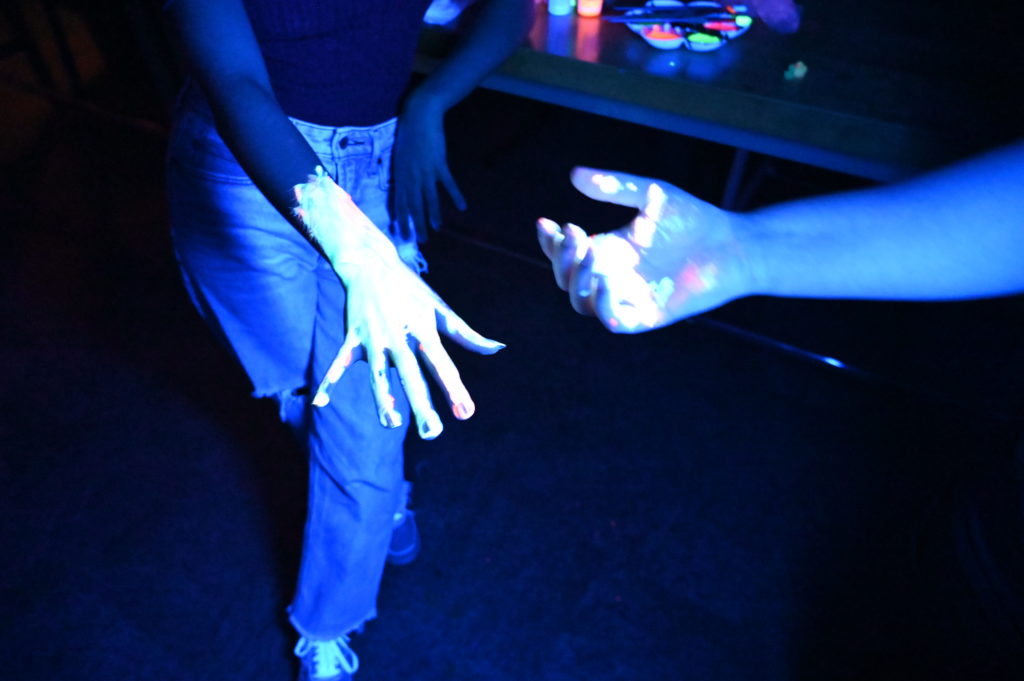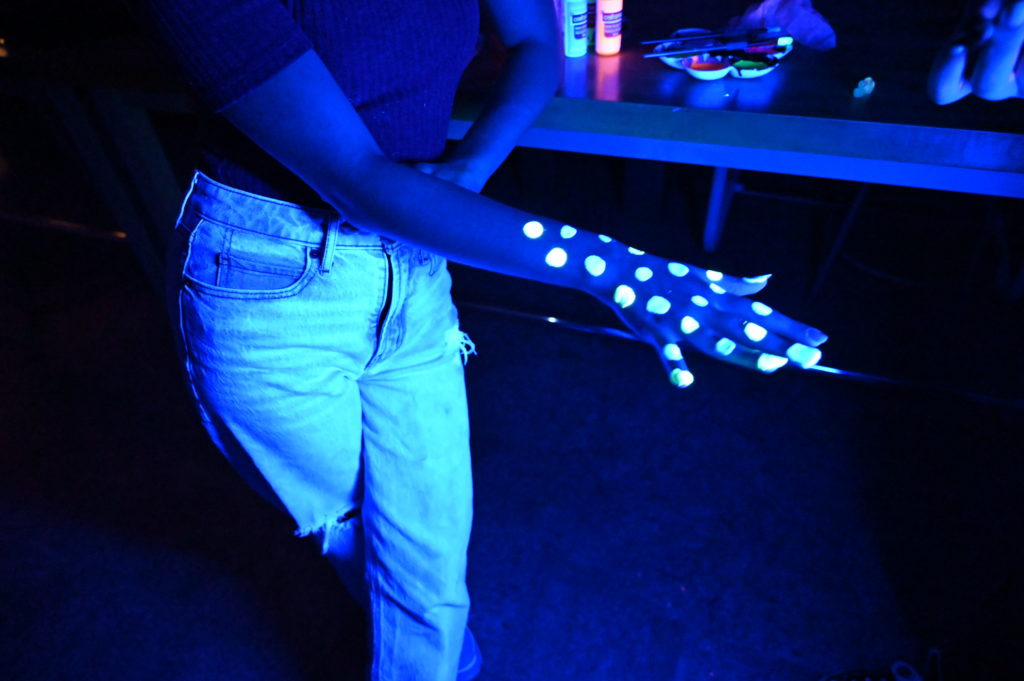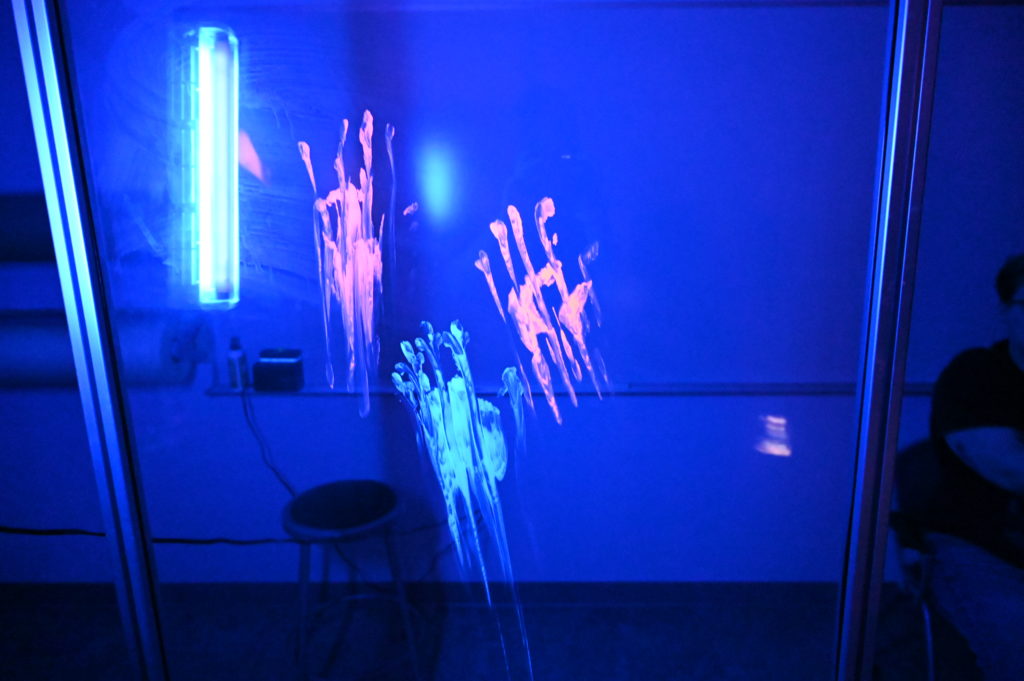Game Theme: Art
Academic Integrity: This game is inspired by a thread of comments between Amber and me on last week’s game ideas, for this game, players are given a handful of 5 cards that have a multitude of different topics illustrated on them, such as animals, food, people, plants, and objects. One player, following a counterclockwise play, will choose one topic card for players to fulfill, matching the topics mentioned before. The cards will specifically say something like “I am looking for something to eat for dinner, can you give me options?” and players are tasked with fulfilling the task by placing a card with food illustrated on it. However, these cards can be either AI-generated or created by a real artist via photography or drawing, it is the player who chooses the topic’s job to pick a card that they believe is not AI-generated. The goal to win is to have the most topic cards filled with non-AI-created illustrations.
Art School (Bringing this back from week 3) is a card game where players must collaborate to create a piece of art that fulfills a specific category. However, the difficult part is that only one player knows the category, for example, “Mythical Beast” and the player who knows the category can only give one-word hints. The drawing must be done in a quick passing style, with the player who knows the category only getting 10 seconds to draw, as the round progresses, each player gets 10 more seconds added until 3 minutes is up. After the time is up, players must write on a separate paper what they think the category was, and the closet gets a point. **Further explanation: As this is a super quick game, I think changing it up a little and implementing a level to the categories, like some that are very specific, like “Snail” or “Pancake Stack” would be fun to make it have more playability for those who aren’t confident in drawing, but it would be cool for it to also have a different point value when compared to broader categories.
“Art Noted” a scavenger game (Bringing this back from week 1) Students are given a small photo of a close-up image taken of an art piece on campus, they are given one hint on its location in the style of a riddle and then they must try to find the piece based on knowledge of the area and the riddle. Students can work in teams for time’s sake. If they find the piece, they win a point. The first to get 5 points wins! **This is meant to drive students to become more aware of campus art** I received the AMC Experience Design scholarship, and this goes similarly with my plan for the scholarship, so I want to note that there are hundreds of pieces of public art on campus! Including the rules stated above, along with the understanding of the vast variety of art, I think sticking to only faculty and student-made art would be a priority, and creating cards that show more information on the art would encourage more awareness of the art on campus!
“I promise we are artists” is a Pictionary game, but we suck at drawing! (Bringing this back from week 1) One student is given a card with an object, animal, or thing and is tasked with drawing it on a piece of paper without lifting the pencil, and they can’t look when they are drawing it. They have 30 seconds to complete their new portfolio-worthy masterpiece, and the other players must guess what the thing is without hints. **I want to add an even more fun factor to it, and it’s that we must critique in front of the class when we present the art, I think having students also re-drawing the piece with needed time to compare would be super fun as well
Gallery Guess Who: A twist on the classic “Guess Who” game, players will ask questions to figure out the artist or artwork. Include facts about styles, including a list to assist players (with examples) periods with a timeline, and techniques used by the artist. It may be easier for artistic students but can be playable for anyone as it will include as much information reasonably way, while still including the style of the original Guess Who.

